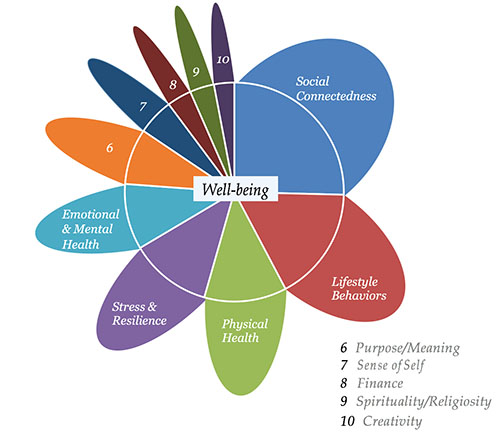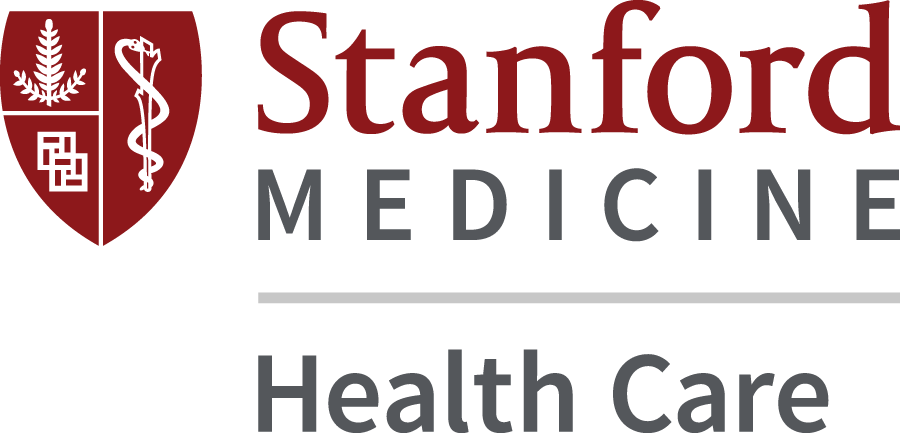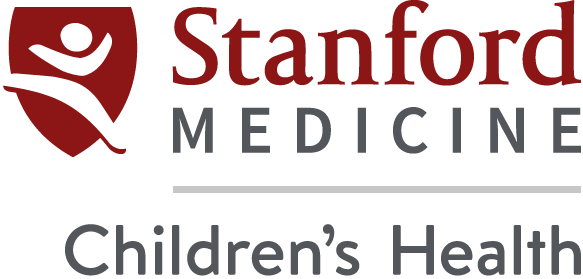The term “wellness” has become so broad that it can lack meaning. As we continue to try to define wellness, can you tell us what it actually means to be well?
We have spent a lot of time trying to understand that [laughter]! In our initiative, called WELL, the Wellness Living Laboratory, we are conducting a study of more than 30,000 people over many years to identify what factors help people maintain health and wellness. We then plan to develop techniques to help people to improve their overall well-being. During the first five years, 30,000 participants — 10,000 each in China, Taiwan and the United States — will supply personal health information ranging from general health and lifestyle information to genetic and other biological markers.
In my group’s interviews of more than 100 people from different ethnic backgrounds in Santa Clara County, we asked them about times in their lives of particularly high and low levels of well-being; then, we coded their responses to discern their meaning. The 10 domains of well-being most frequently mentioned were the following:
- Social connectedness
- Lifestyle behaviors
- Stress and resilience
- Emotional health
- Physical health
- Meaning and purpose
- Sense of self
- Finances
- Spirituality or religiosity
- Exploration and creativity
In the following graphic, the relative magnitude, or importance, of each domain across the sample of people interviewed is portrayed; the size of each petal is proportional to the importance of that particular domain in a person’s definition of wellness.

Interestingly, we found that while the size of the petals may differ from one culture to another, the actual domains themselves stay the same.
Were you surprised that social networks were cited as the largest driver of wellness?
It was surprising… but now, with hindsight, we feel that, “Ah, of course that is what we would find.” People talked most about the extent to which they were well-integrated into the social fabric of their community — with their loved ones, their family and friends.
What was really interesting: while their social connectedness added to their overall well-being, it also detracted from their overall well-being. Relationships offer support, comfort, belonging — all the important human needs; but, they also represent criticism, responsibility and burdens. And when a loved one or important person in one’s social network is not doing well, that can have a negative impact on one’s own well-being.
Can you tell us about some of the other large wellness domains?
When people spoke of experiencing high levels of well-being, they often would talk about eating healthily, getting a lot of exercise and getting good sleep — in other words, lifestyle behaviors. Another large domain: stress and resilience to stress. Interestingly, while major stressors spoken of included divorce or moving from another country, participants also spoke about how coping well during difficult times gave them a sense of heightened well-being.
Were there any other surprises?
I was a little surprised by how infrequently people talked about disease. As the World Health Organization explained when it defined health, it’s not just about the absence or presence of illness or disease; rather, health reflects overall physical, mental and social functioning. But in the medical field, many still think about health in terms of being free of disease or, conversely, having a disease or disorder. However, when we talked to people with very serious medical issues, such as cancer or heart disease, they rarely talked about it. Their sense of well-being concerned, “How can I be well while I have cancer?”… as opposed to, “I have cancer so I can’t really be well.”
The medical field has begun to embrace this very different perspective, especially with certain chronic illnesses, such as diabetes. People are not walking around with diabetes saying, “Well, now that I have diabetes, I can’t really be well.” We now understand that diabetes is an illness which you can manage, and you can still check in with the other domains of wellness in your life — your sense of purpose, maintenance of a healthy lifestyle, etc.
So, everyone has a chance to be well — not just the physically healthy …
Exactly.
Is wellness the same for everyone?
We are still doing the analysis, so this is preliminary, but we are finding that there are clusters of people for whom certain domains are more important than others. My guess is that we are going to see differences across the life course. For example, when we talk with young adults in their 20s, they talk a great deal about trying to find themselves, about their sense of self: “Who am I and what is my purpose and meaning?” Conversely, when we talk with older adults, they are no longer searching. They talk about decisions they’ve made and life satisfaction. They talk much more about positive, rather than negative, emotions. Resilience seems more significant than stress. They’ve had much more life experience, which has showed them that they can come out the other side. Many have even experienced tragedy; thus, they have a different experience of being well.
There may be real cultural differences in terms of these domains. We should have a better understanding of that in the next 3-6 months.
In 2014, the Stanford Prevention Research Center launched the WELL program — its ultimate goal, to improve the health and wellness of whole populations. WELL, the Wellness Living Laboratory, emphasizes research on overall health rather than the absence of disease. Funded by an unrestricted $10 million gift from the Amway Nutrilite Health Institute Wellness Fund, WELL proposes to identify what factors help people maintain health and wellness and to develop techniques to help people to change their lifestyles.
The center’s WELL for Life program is both an observational study and an interventional study. WELL will observe more than 30,000 people over many years and also test behavioral modification and other interventions to help people make health improvements such as quitting smoking, eating better or exercising more. The center’s health promotion arm, the Health Improvement Program, will enable the techniques to reach the wider population.
Interested in participating in the WELL for Life program? More info and how to join.


